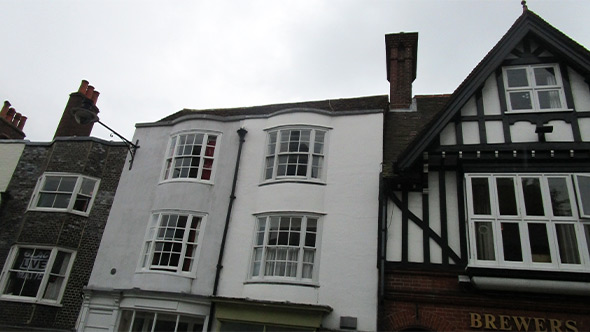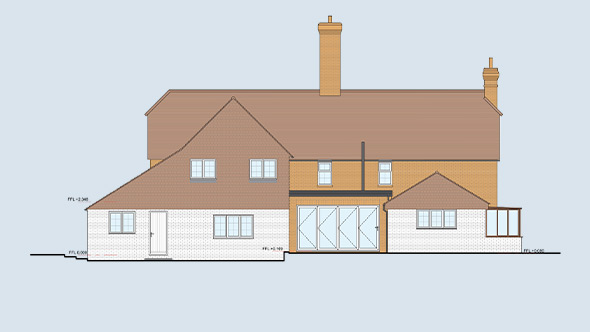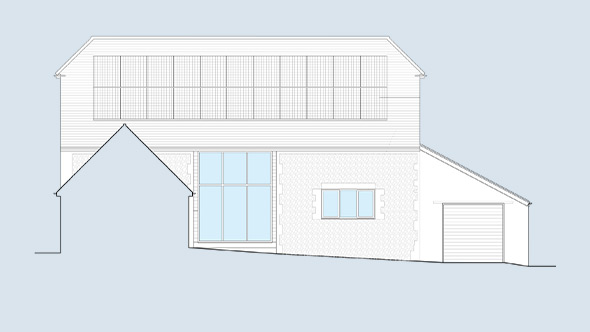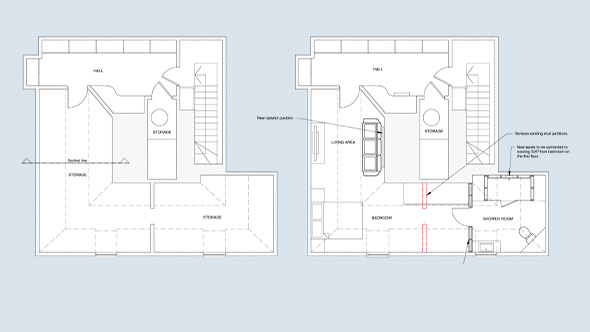Listed and heritage
Listed buildings and heritage sites require specialised care to ensure they maintain continuity with their surrounding areas. While this can often complicate and restrict changes or development, resulting in a longer and sometimes more costly process, we have a proven track record of successfully working on many listed buildings. Our experience includes creating extensions, making alterations, and remodelling, all while carefully preserving the historical integrity of the structures.
Points to consider
Heritage statement
To make changes to a listed or heritage building, the first step is typically obtaining a heritage statement. This comprehensive document is prepared by a heritage consultant, whom we can arrange for you, and identifies the key areas and features of the building. It’s essential to consider the heritage statement early on in the project planning process, as it adds a critical step that should not be overlooked and may impact project timelines. The statement may also restrict design options, specifying what can and cannot be altered, and require the use of specific materials that could affect your budget.
Design
It is worth thinking about your ideal layout and how you want to use the proposed space, but you also need to be willing to change the design depending on any restrictions laid out for the building or area. Being flexible on the design to fit the heritage specifications is vital to the project’s success. We will work with you to find the best solution within the restrictions laid out.
Timeline
Compared to non-listed properties the timeline will be increased due to the need for specialist consultant reports and potentially re-designs to be authorised. Considering when you would like the work to be done is useful but also have an awareness that the timeline could be extended by multiple outside factors.
Risk
All developments have risk if deviating from the planning determination but there is added risk to listed and heritage buildings. These could include legal ramifications. We stress the importance of not altering the building or area before the full process is complete. Eagerness to get started, even slight changes could lead to a more costs, complication and time being spent on the project than needed.
Typical schedule
Listed building consent can be a lengthy process but vital to do correctly and adhere to the specific requirements.
Consultation
- 2 weeks
Proposal and design
- 13 weeks
Local authority approval
- 15 weeks
Construction
- 17 weeks



